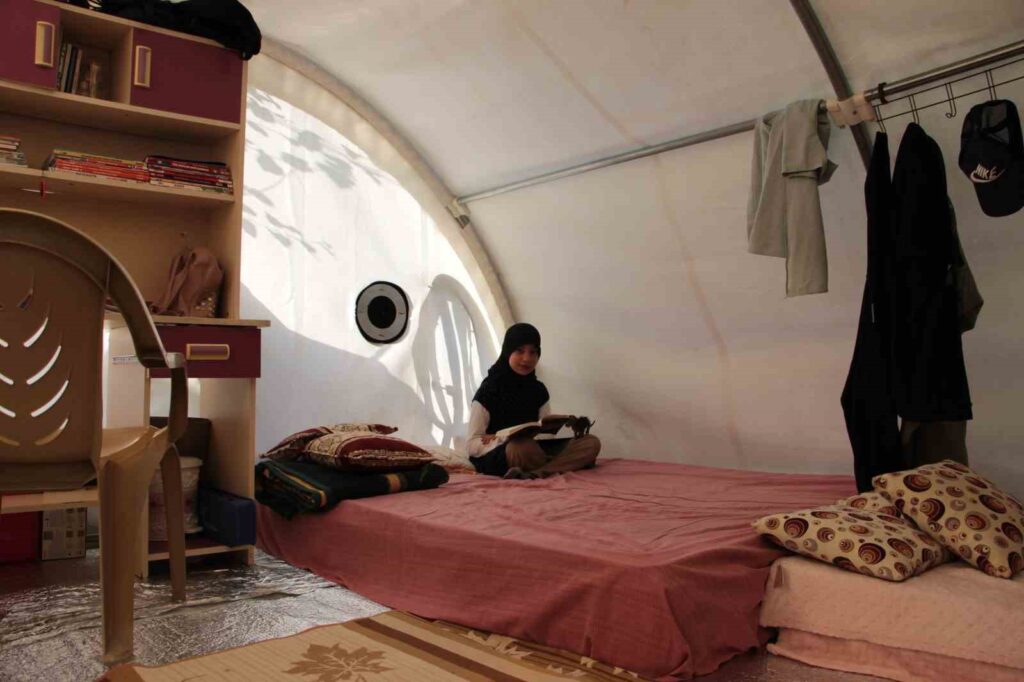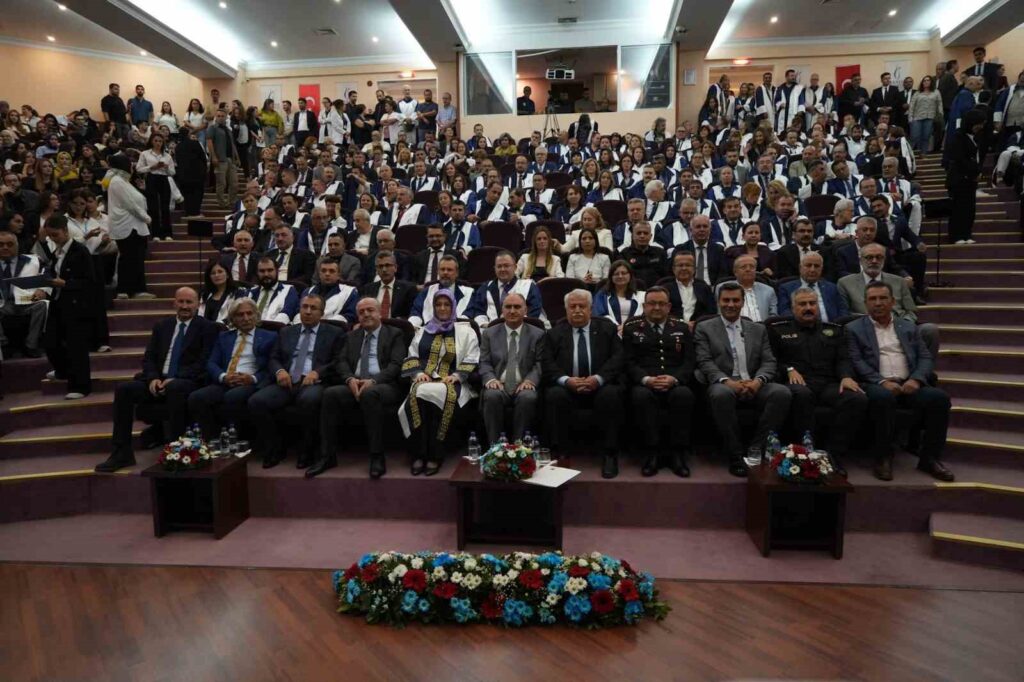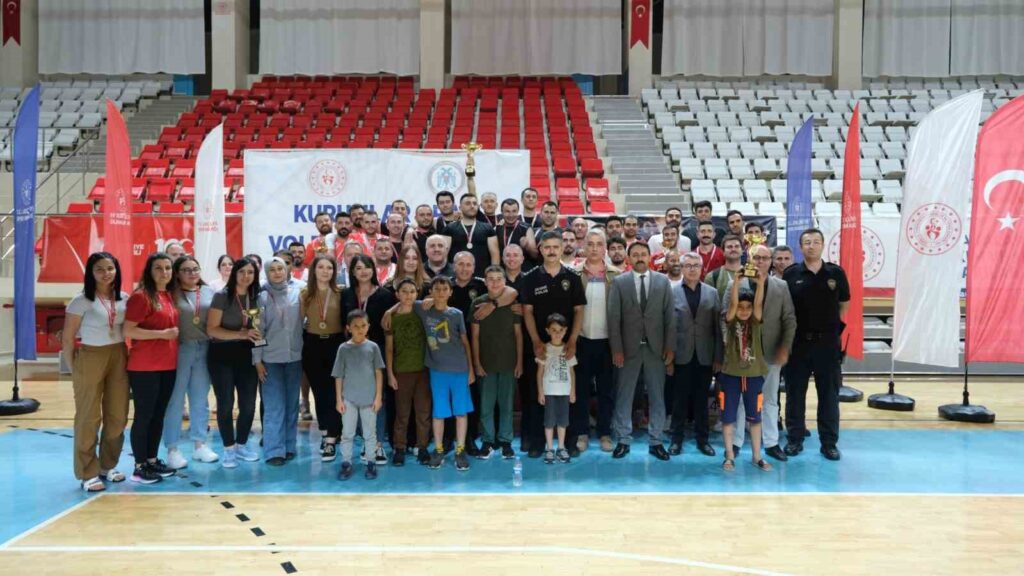Hacer Parmaksız: Master Weaver of Traditional Gılamık Weaving
Welcome to a content focusing on Hacer Parmaksız, who is a master in the traditional art of weaving with a shuttle. Explore the story of Hacer Parmaksız and get to know her mastery in the art of weaving.

Hacer Parmaksız: Teaching New Generations a Profession as a Master Instructor
14 years ago in Antalya, Hacer Parmaksız, who attended the nearly forgotten ‘Gılamıklı Weaving’ course specific to Ormana, to make use of her free time, has developed herself over time and now teaches the profession to new trainees as a master instructor. Parmaksız said, ‘This weaving is truly a profession that requires love and passion. It is a nearly forgotten profession with a 300-year-old history. We learned this craft with a 300-year-old history and we make an effort to pass it on to our youth and others. It is truly a beautiful craft. We strive for it not to be forgotten and to continue,’
Gılamıklı Weaving and Its Characteristics
Gılamıklı weaving is only done in Ormana. This weaving is a unique weaving style that does not have a counterpart in Turkey. Being the product of a 300-year-old tradition, this weaving is made of silk on special looms in Ormana. Parmaksız stated, ‘It is not woven anywhere else in Turkey. It is unique to Ormana. Our covers are the product of a 300-year-old tradition,’
Gılamıklı Weaving Products and Prices
Among Gılamıklı weaving products are tablecloths, shawls, towels, and other various items. Prices vary between 300 TL and one thousand lira depending on the type of product. Parmaksız said, ‘Our friends do this job with love and we keep our nearly forgotten art alive,’
Gılamıklı Weaving Techniques and Challenges
Stating that if there are no problems with the looms and the threads do not break, they can weave one meter in an hour, Parmaksız said, ‘Silk weaving is more difficult. It progresses slowly. Because it requires a lot of attention,’ The completion time of weavings can vary depending on the complexity of the product.
Trainees’ Experiences
One of the trainees, Hülya Kocakulak, said, ‘For the past 4 years, I have been spending most of my time weaving whenever I find the time. We are trying to keep alive this nearly forgotten 300-year-old tradition. We are artists of this art that is on the verge of being forgotten. In the weavings we make, we have our own works. Everyone has a unique piece,’







